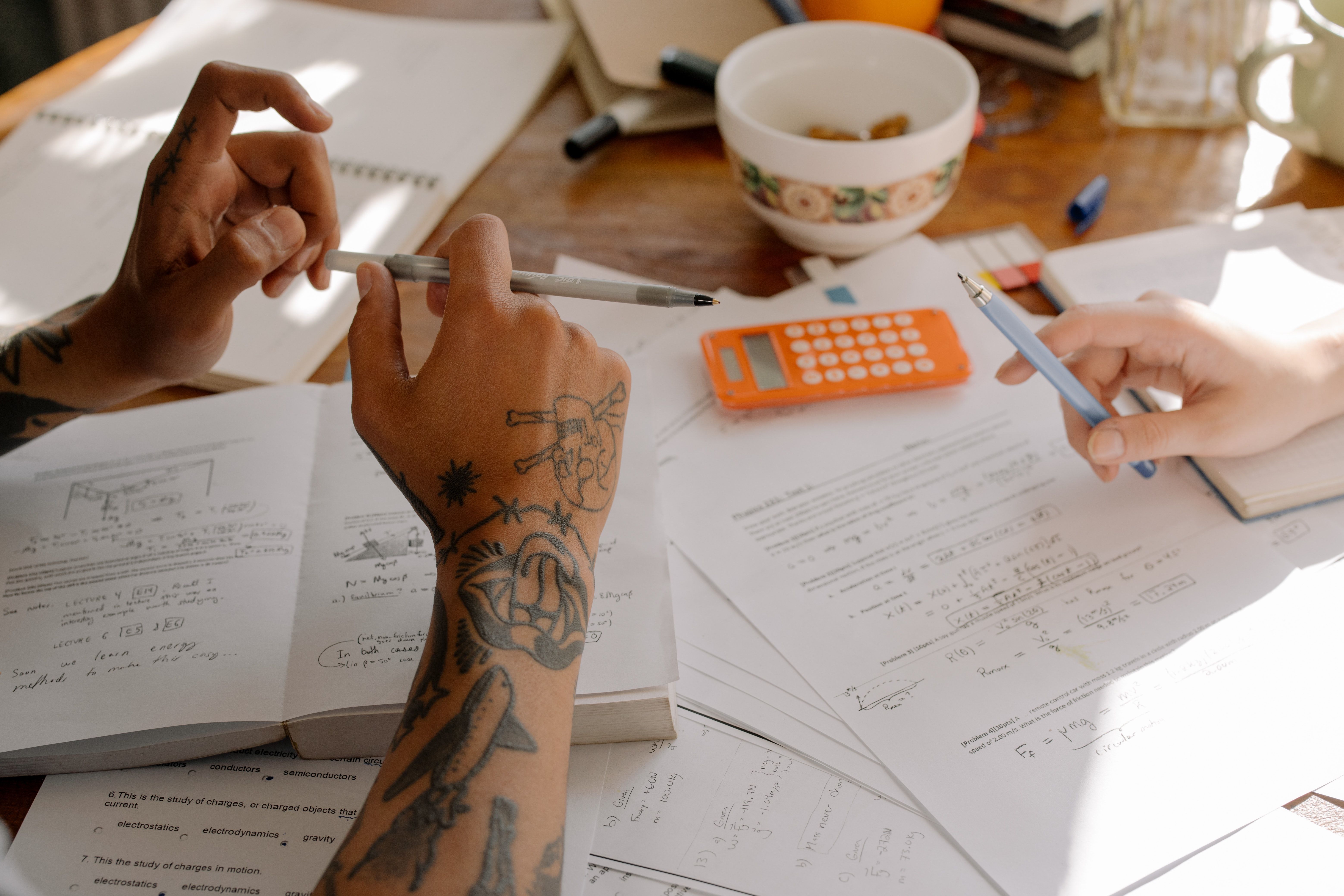
Five Strategies for Optimizing Your Time on the SAT or ACT Math Section
By mastering both the “what” and “how” of ACT and SAT prep, you’ll maximize your chances of receiving your best score.

Whether you’re just starting your ACT or SAT prep or gearing up for an approaching test date, it’s important to prepare for managing your time on test day. Beyond content mastery, standardized tests are also challenging due to their time constraints. Often, you have as little as 30-60 seconds to work through a potentially tricky problem.
The key to excelling at ACT and SAT math is not just knowing the material, but also having a wise strategy to save time on the test. To help you make best use of your SAT or ACT math practice time, here are five helpful tips:
1. Use your head
- Practice without your calculator, the majority of the time. This will help build up your strength and speed in both mental math and doing arithmetic by hand. It also prevents you from using your calculator as a crutch. Most problems are not solved more quickly via calculator, so making sure you know how to do them without it will serve you well.
- Don’t rely on the formula page. The more formulas you know, the less time you’ll spend flipping back and forth through the test to consult the formula page. Like your calculator, it’s a tool, but relying on it too much can waste time. It’s okay if there are a couple formulas you don’t want to memorize (e.g. the volume of a sphere or a cone might not be pertinent to know by heart), but try to be fluent with as many as possible. Also remember: the formula page may not include all of the formulas you need for the test. While you’re studying, keep a running list of formulas that might be useful to memorize.
- When performing algebraic manipulations, practice doing some steps in your head, and limit what you write down to a few key steps. For example, consider simplifying the expression . You can probably eliminate the parentheses and combine all the like terms in one step. Rather than writing , I would visually scan the entire left side, note that I have two terms with a single power of and two terms of numerical constants, and combine like terms in one step on the page: .
- Caveat: Avoid doing the entire problem in your head without writing anything down, since that could set you up for making mistakes. Practicing this skill will help you learn the right balance for yourself.

2. Build up your foundations
- Be very comfortable with factoring both numbers and polynomials. Being well versed in numerical and polynomial factors is an easy skill to practice, and will keep you from wasting time either plugging numbers into your calculator or doing division by hand.
- Know how to recognize a difference of squares (and how to factor it) as well as how to square a binomial without having to go through the factoring/foiling processes by hand. For a refresher:
3. Go slow to speed up
- If you’re not sure how to do a certain problem, try to think of a simpler version and solve that first. Often, when you are faced with a problem that seems daunting, it’s easy to waste time staring at it and feeling anxious. Devising a simpler version can help you start thinking about the problem right away, giving you a better shot both at working more quickly and more accurately.
- Here’s an example: Suppose you have 4 different shirts, 3 different pairs of pants, and 2 pairs of shoes. How many different outfits can you make?
- Consider a similar problem with fewer components: Suppose I have two shirts and two pairs of pants. How many ways can I pair those? Can I extend this thinking to the larger problem?
- Take word problems one sentence at a time. This might seem counterintuitive, since it requires you to slow down rather than to speed up. However, we can’t absorb a block of text all at once, so moving too quickly through a word problem might leave you stumped and frustrated, which will slow you down. Try pausing briefly after reading each sentence of a word problem to make sure you understand what information is being communicated before moving onto the next sentence.
4. Set your pace
- Understanding how the tests are structured can help you figure out how to allocate your time most effectively. For example, the ACT math section is 60 minutes long with 60 questions total, so you’ll want to average about one minute per question. However, the difficulty level roughly increases over the course of the test, so consider allocating your time so that you move more quickly in the beginning and save more time for the hard problems at the end.
- Practice a few different strategies when it comes to how often you check your time. Whether or not and how often you should check your timing varies by individual. Some students find it too stressful to keep close track of time, while others need a few check-ins to make sure they move quickly enough. In general, try not to check your time too often; you definitely don’t need to check it after every question, or even after every 5 questions, as that can be a time suck. Try out a few different strategies while you’re practicing to see what feels best and helps you manage the test most efficiently.
5. Choose your battles
- Know when to skip a problem. You only have so much time, so if a particular problem is taking too long, you’re sacrificing time that could be spent elsewhere. Don’t be afraid to skip it and come back if you have time later.
- As you move through the test, mark which questions you skip as well as which questions you completed but do not feel confident about. That way, if you have extra time at the end, you’ll know exactly what to work on instead of wasting time reading through each question again.
With the broad range of material on the ACT and SAT, learning how to manage your time is essential.
Our expert SAT and ACT tutors have helped thousands of test-takers practice mathematical concepts and skills along with smart strategies for managing time, handling anxiety, and building confidence in test taking. By mastering both the “what” and “how” of ACT and SAT prep, you’ll save time and feel comfortable on test day, maximizing your chances of receiving your best score.

About the author: Jenna is a PhD candidate in mathematics at NYU. She recently graduated from Yale University, where she double majored in mathematics and philosophy. As a tutor, she seeks to create a supportive and comfortable environment for students to flourish. Math can be a daunting subject for many; Jenna assists students by presenting mathematical ideas in an approachable and intuitive way.

